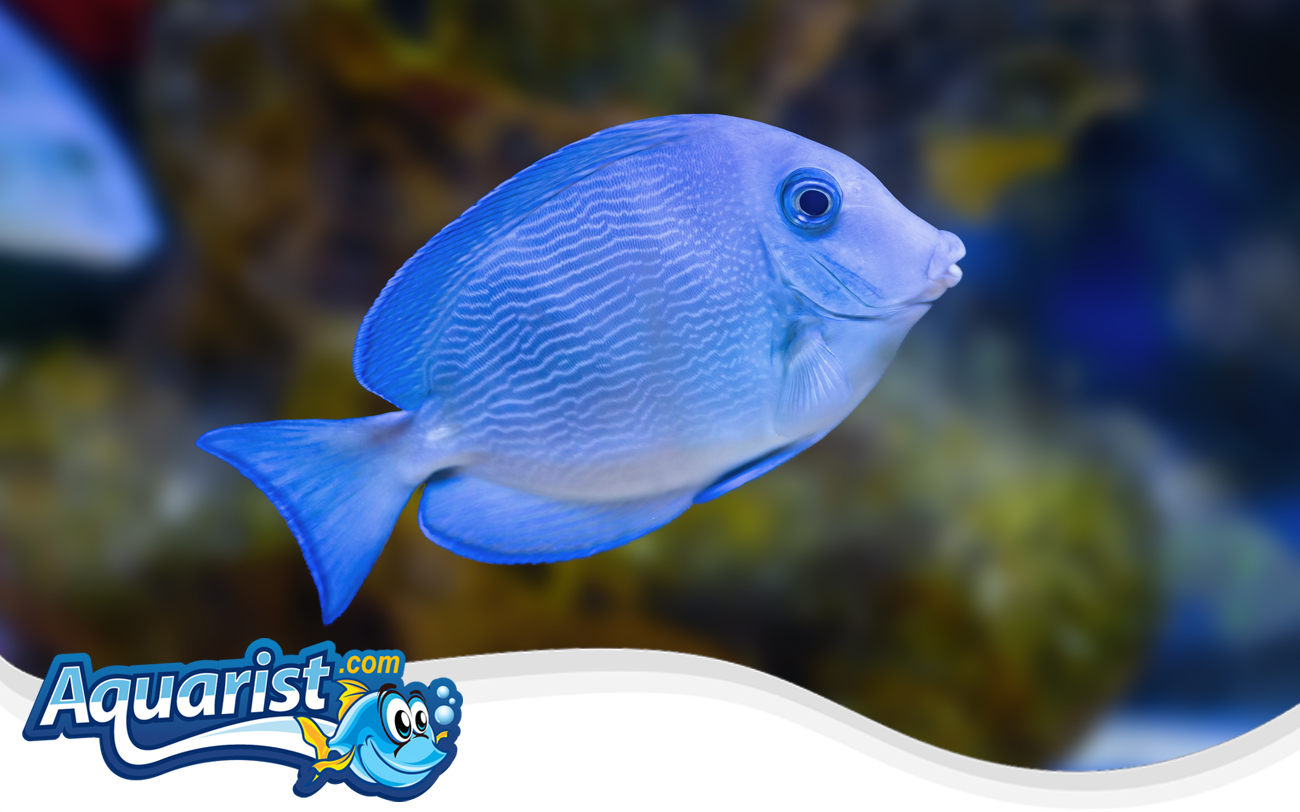Overview
- Native to the Atlantic Ocean, including the Caribbean and the Gulf of Mexico.
- Recognized for its vibrant blue coloration and oval-shaped body with a sharp caudal spine.
- A highly active species known for its constant grazing behavior.
- Popular in marine aquariums due to its striking appearance and algae-eating habits.
Feeding
- Herbivorous diet, primarily grazing on marine algae.
- Requires a diet rich in plant-based foods, including seaweed, spirulina, and herbivore pellets.
- Supplementing with fresh vegetables like zucchini or dried seaweed supports optimal health.
- Frequent small feedings encourage natural grazing behavior and maintain energy levels.
Habitat
- Commonly found in coral reefs and rocky coastal areas with moderate to strong water flow.
- Prefers stable water conditions with high oxygen levels.
- Requires an aquarium with live rock for grazing and open swimming space.
- Thrives in environments that mimic its natural surroundings with strong water movement.
Fish Care
- Optimal water temperature: 74-82°F (23-28°C).
- Ideal pH level: 8.1-8.4, with a specific gravity of 1.020-1.025.
- Prone to stress-related illnesses such as marine ich; requires pristine water conditions.
- Best introduced into a mature aquarium with excellent filtration and strong water flow.
- Providing ample swimming space and hiding areas reduces stress and supports long-term health.
Compatibility
- Can be semi-aggressive, especially towards other tangs.
- Compatible with peaceful tank mates such as wrasses, clownfish, and angelfish.
- Should not be housed with overly aggressive species that may cause stress.
- Does well in a community reef setup with proper space and hiding spots.
Aquarium Behavior
- Active swimmer, constantly patrolling the aquarium and grazing on algae.
- Can display territorial tendencies, particularly in smaller environments.
- Often interacts with other tank mates but may establish dominance over time.
- Providing an environment with live rock and algae helps encourage natural behaviors.


